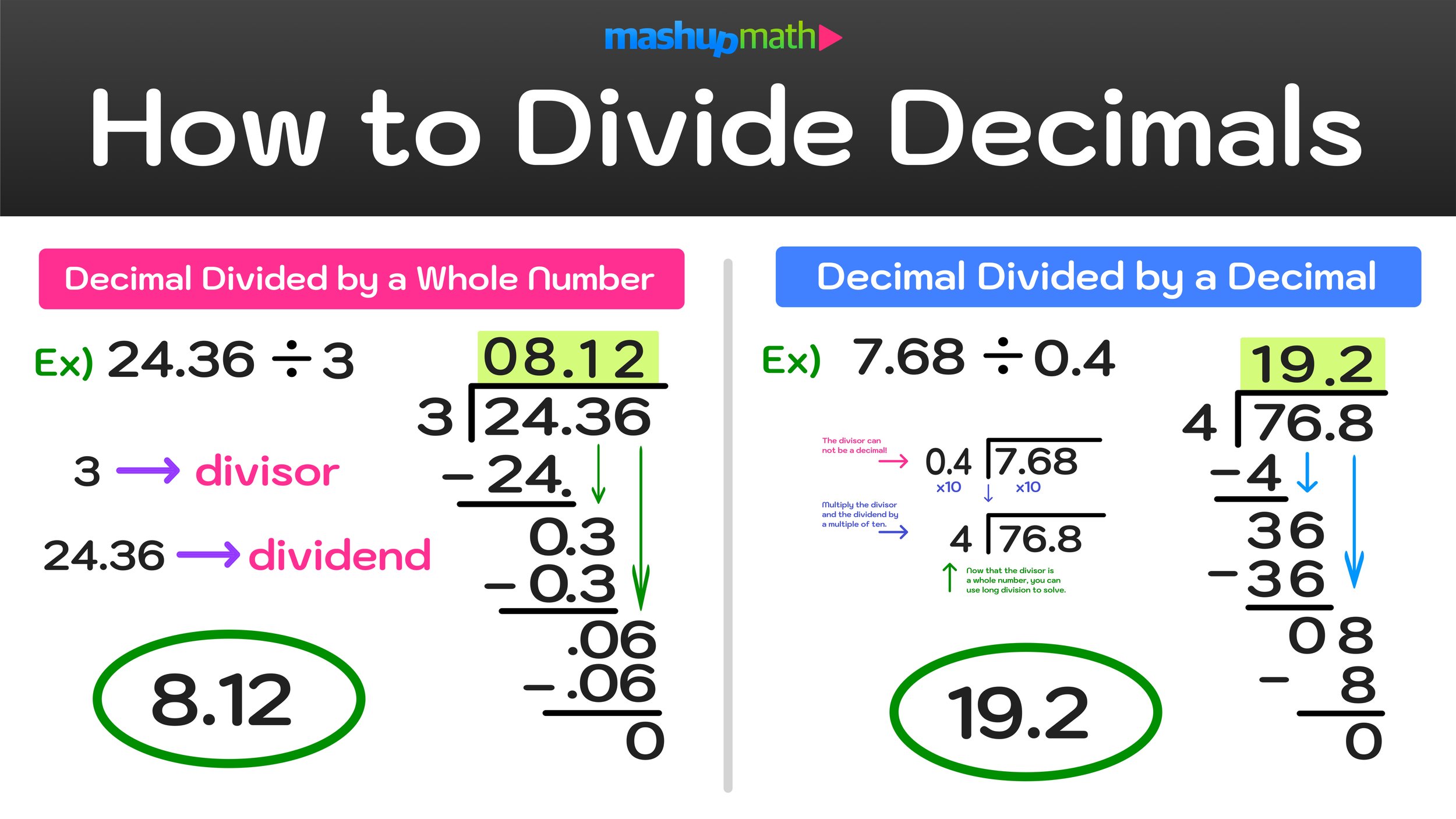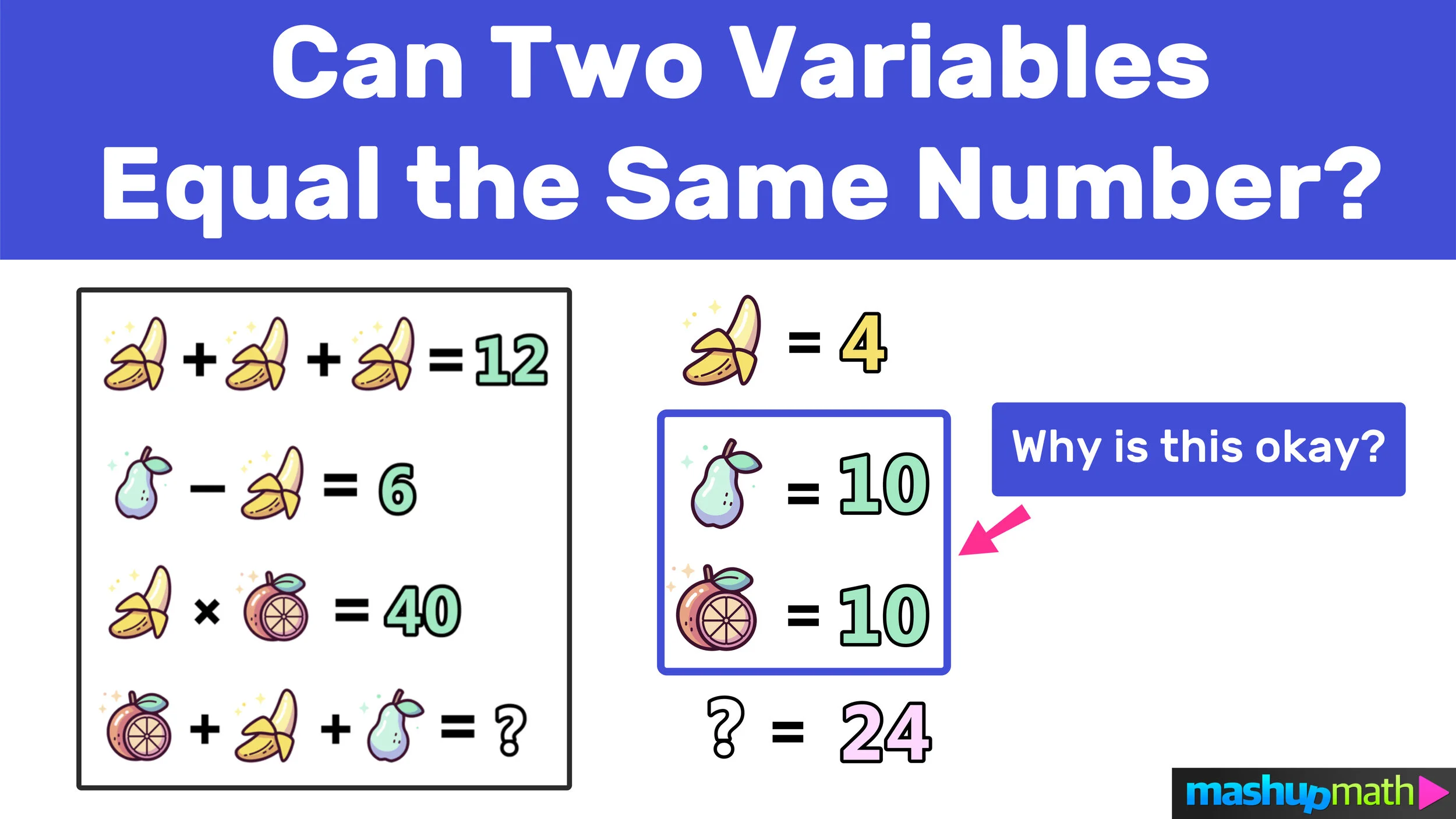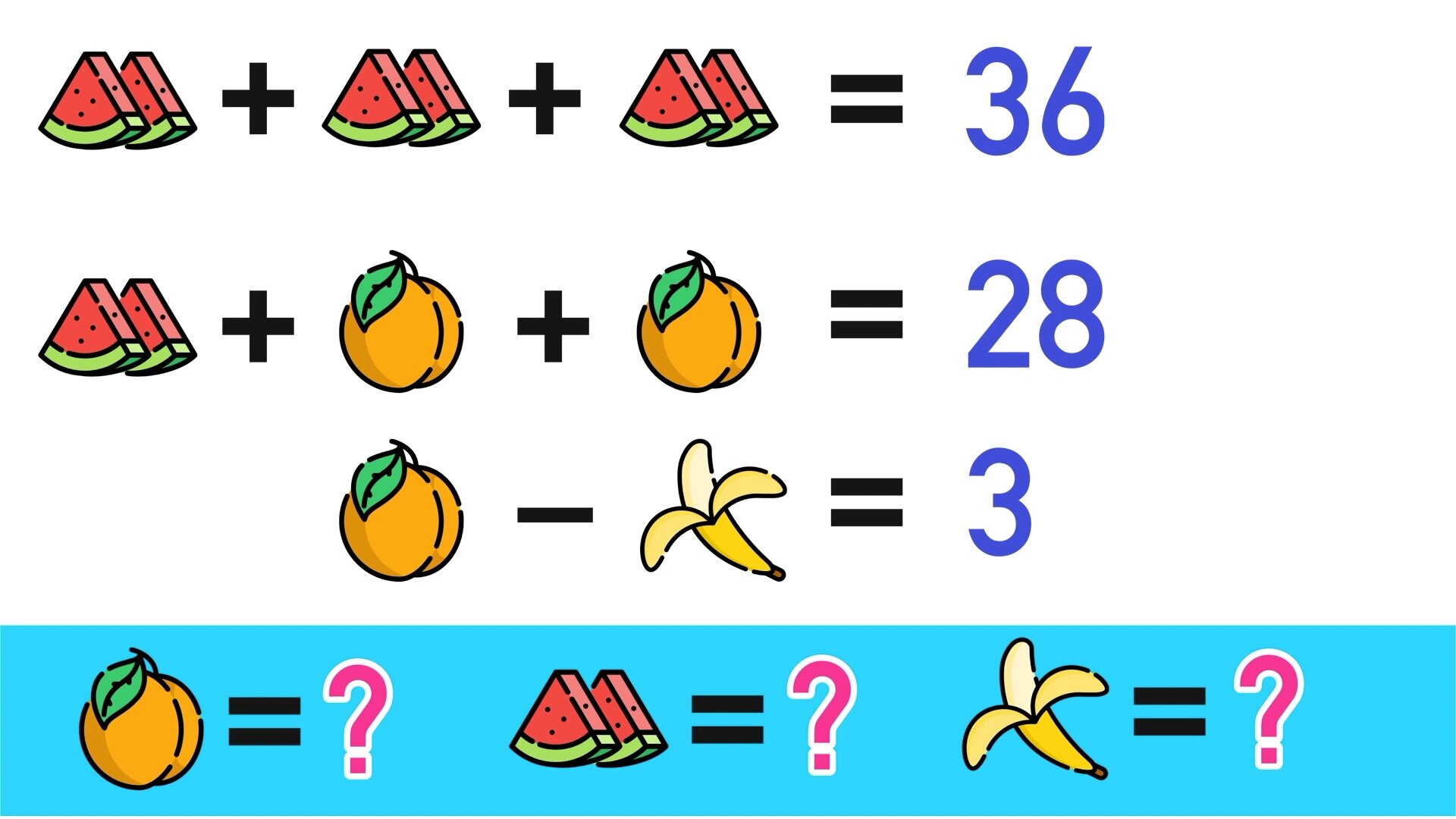Free Printable Division Chart for Kids
Division Chart for Students
If your kids are learning how to divide, then a division chart is an effective and useful visual tool for helping them to learn division facts and understand patterns and relationships related to division.
While using a multiplication chart to learn multiplication facts and times tables is a common practice at the elementary level, using a division chart to learn division facts is less common. However, division charts can be extremely effective when it comes to helping kids to learn how to divide and to study and remember relationships related to division.
If you are looking for a printable reference that includes division facts for the numbers 1-12, our handy free division chart is an awesome tool that can help students in a variety of ways. Having a decimal chart nearby when learning how to divide numbers and how to solve elementary division problems is a great way to support students and help them to learn their division facts.
Below you will find a link to download your free Fraction Chart as a printable PDF file. The entire division chart fits on one page, and it can be printed in color or in black-and-white.
Division Chart (Preview)
Division Chart Download
Click Here to Download Your Free Division Chart PDF
(When you click on the text link above, the PDF preview window will appear, where you will have the option download and/or print your division chart).
Now that you have your Division Chart on hand, here are a few great ideas for how you can use division charts to support your students in your classroom or your kids at home.
How to Use a Division Chart to Help Your Students
When it comes to helping young learners with complex topics like multiplication and division, visual tools can be an incredibly effective resource for helping students to develop both procedural fluency as well as conceptual understanding.
In the case of learning how to divide whole numbers, using a division chart is a great way to help students learn important division facts and how to perform basic division. Additionally, once students have become familiar with multiplication and multiplication charts, they can use a division chart to better understand the inverse relationship between multiplication and division.
If you are looking for a few specific ways to use a division chart to help your students with this important math skill, here are a few ideas:
Learning Important Math Facts
Similar to how multiplication tables help students to understand and remember common multiplication facts, a division chart can help students to understand and remember common division facts. For example, students who memorize that 8 x 3 = 24 and also that 24 ÷ 8 = 3 are better able to make quick and accurate computations and solve problems. They are also better able to understand the relationship between multiplication and division.
A division chart is a great too for supporting students during independent practice. (Image: Mashup Math G)
Support Kids at Home and in the Classroom
One of the best ways to use a Division Chart to help your kids at home is to print it out and have it laminated so that you can use it as a reference guide as often as you need to. When students are first learning how to divide and doing independent practice at home, having a physical division chart nearby can support students whenever they are struggling with solving a problem. This strategy also works for students in the classroom, as teachers can either post a division chart in their classroom, or give each student their own division chart to use as a reference. In either scenario, students who have a hard time with remembering division facts can use a division chart to support their learning, build confidence, and prevent them from becoming overly frustrated when they are struggling.
Check Your Work
As your students become more comfortable and confident in their division skills, they will not need to have a division chart as reference as often. When your students reach this level, you can have them work on work on solving division problems on their own, and then they can self-assess by checking their answers using a division chart once they have completed an assignment. This strategy helps students to identify their strengths and weaknesses, and what particular division facts they need to practice more and study further.
Recognizing Patterns and Relationships
Once your students are able to divide whole numbers consistently, you can start to give them assignments that mix multiplication problems and division problems together. At this level, having students look at multiplication charts and division charts side-by-side is a great way to help students to deeply understand the relationship between multiplication and division, which will help them to solve more complex and multi-step problems in the future. For example, consider having students work on these two problems one after the next:
21 ÷ 7 = 3
7 x 3 = 21
After students solve both problems, students are better able to understand why multiplication and division are inverse operations of each other.
By helping your students develop a strong foundational understanding of division, how to divide numbers, and the inverse relationship between division and multiplication, you are putting your students on a path to be successful at higher levels of math, which will benefit them in the classroom and beyond.




























